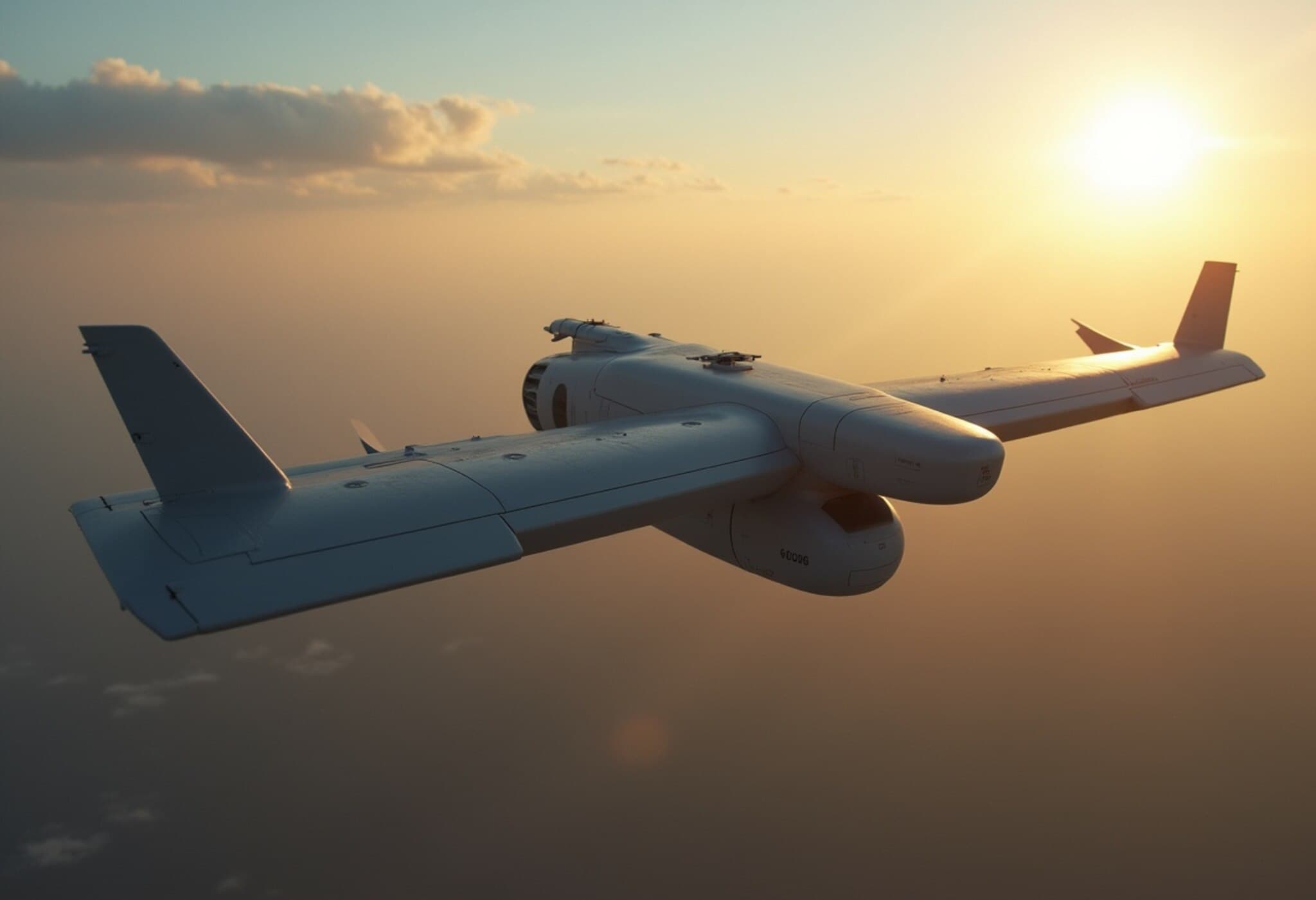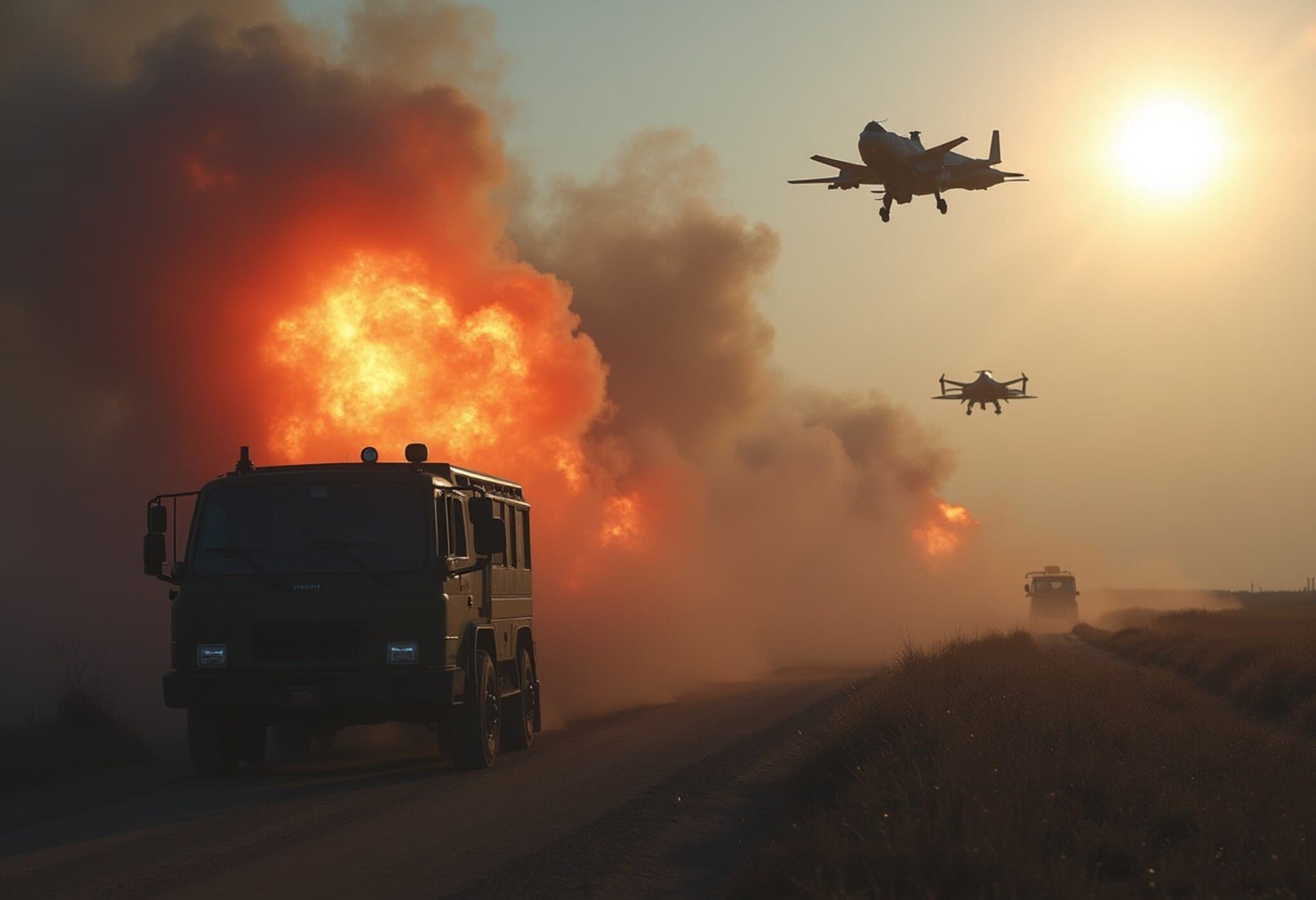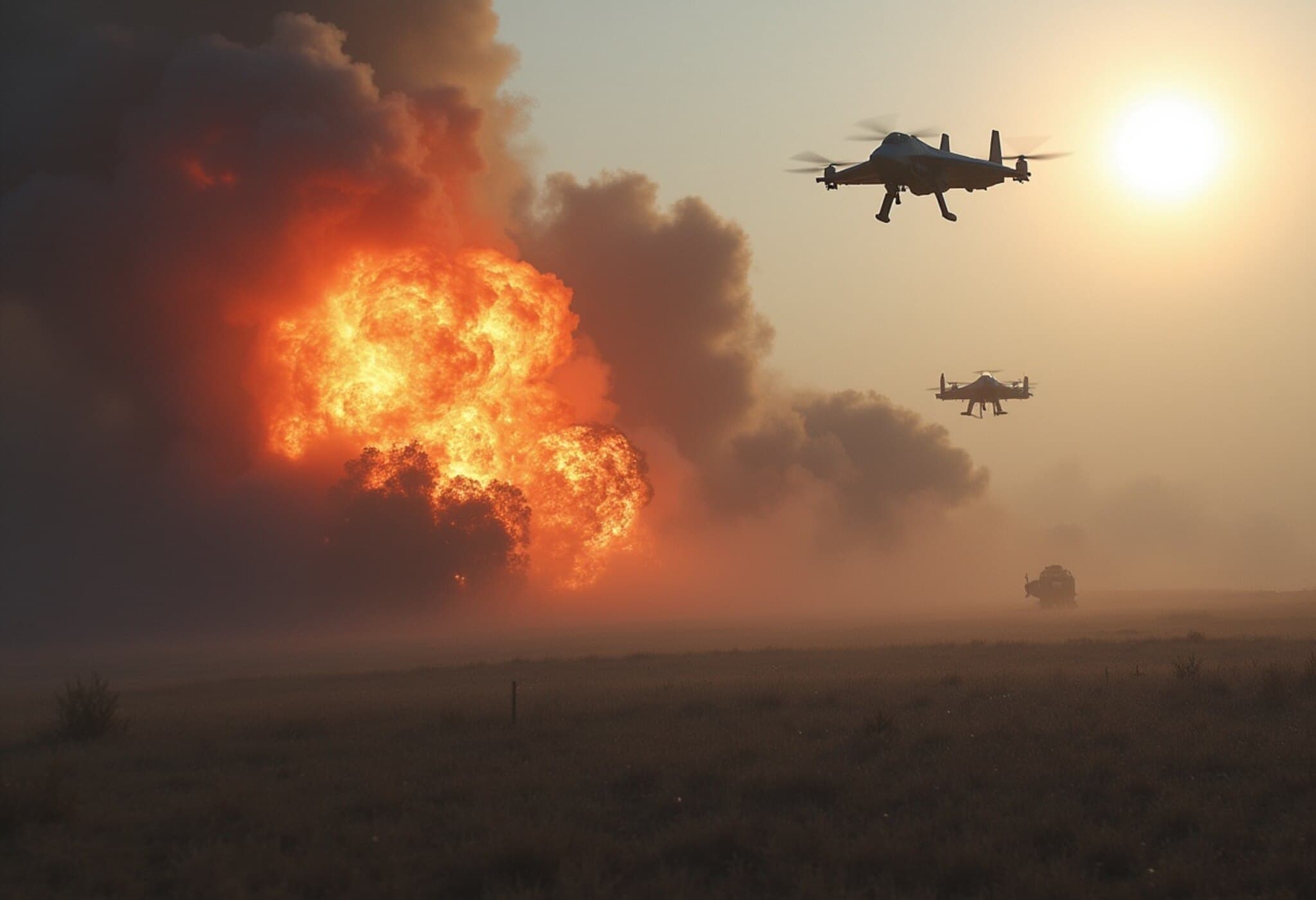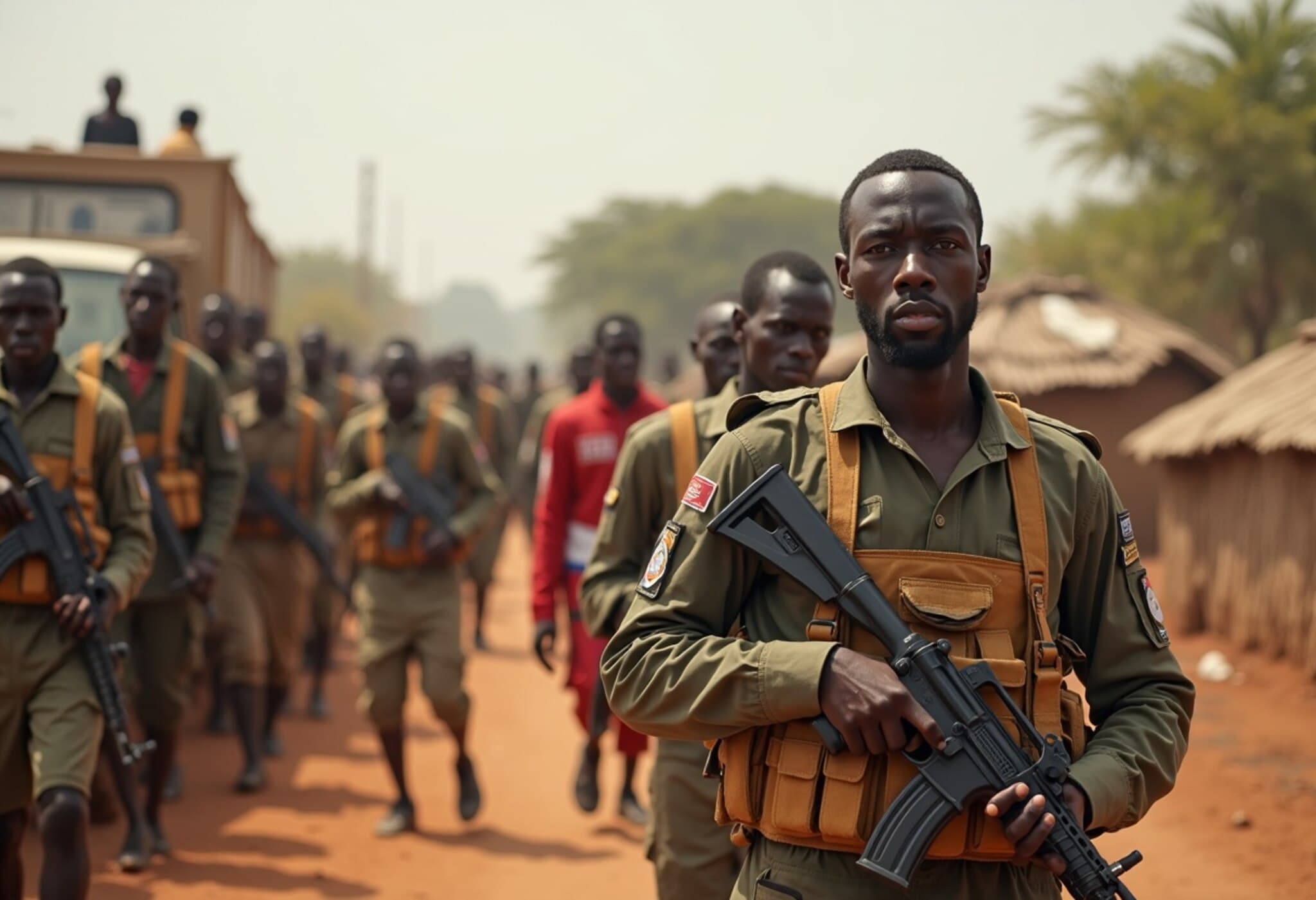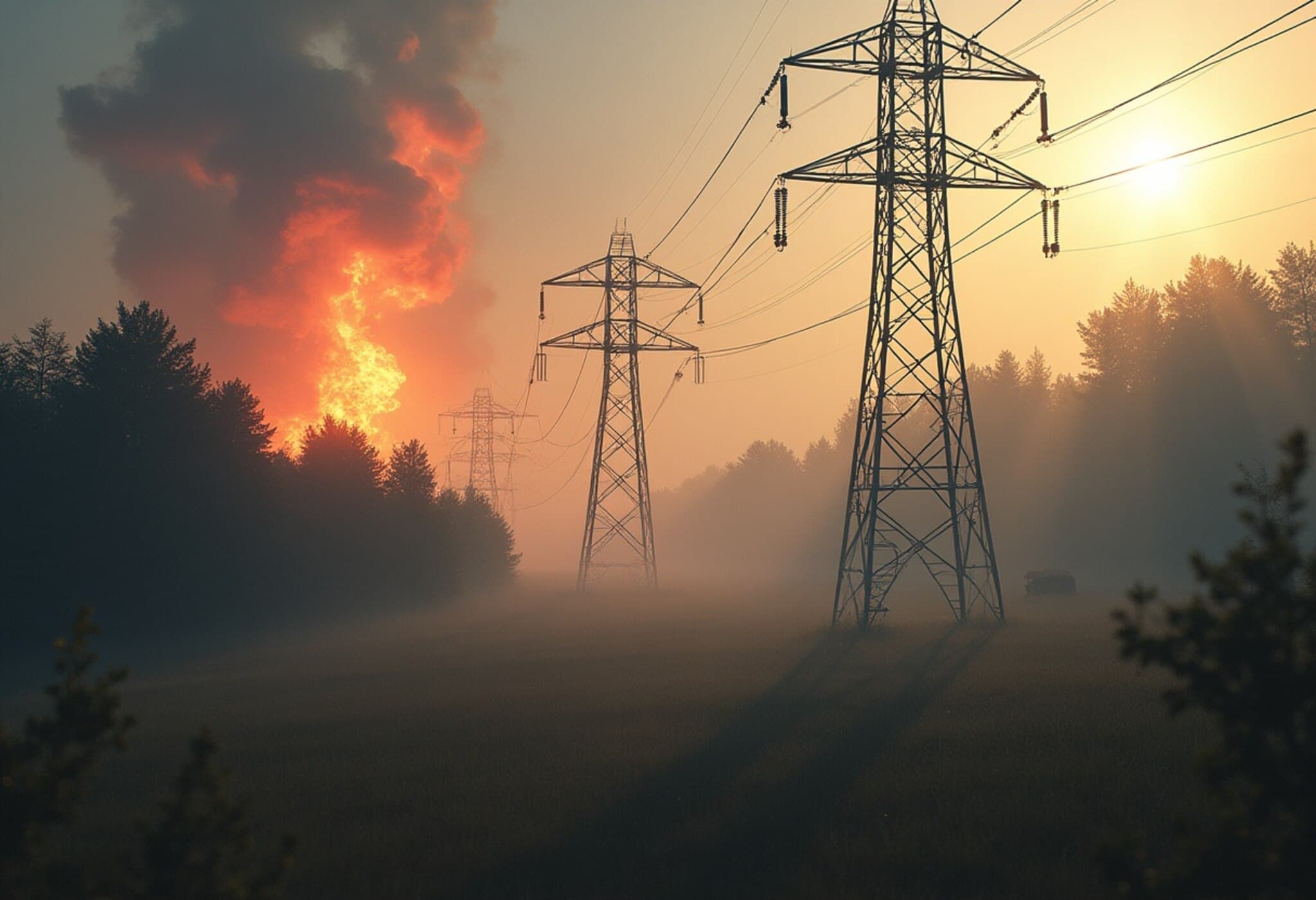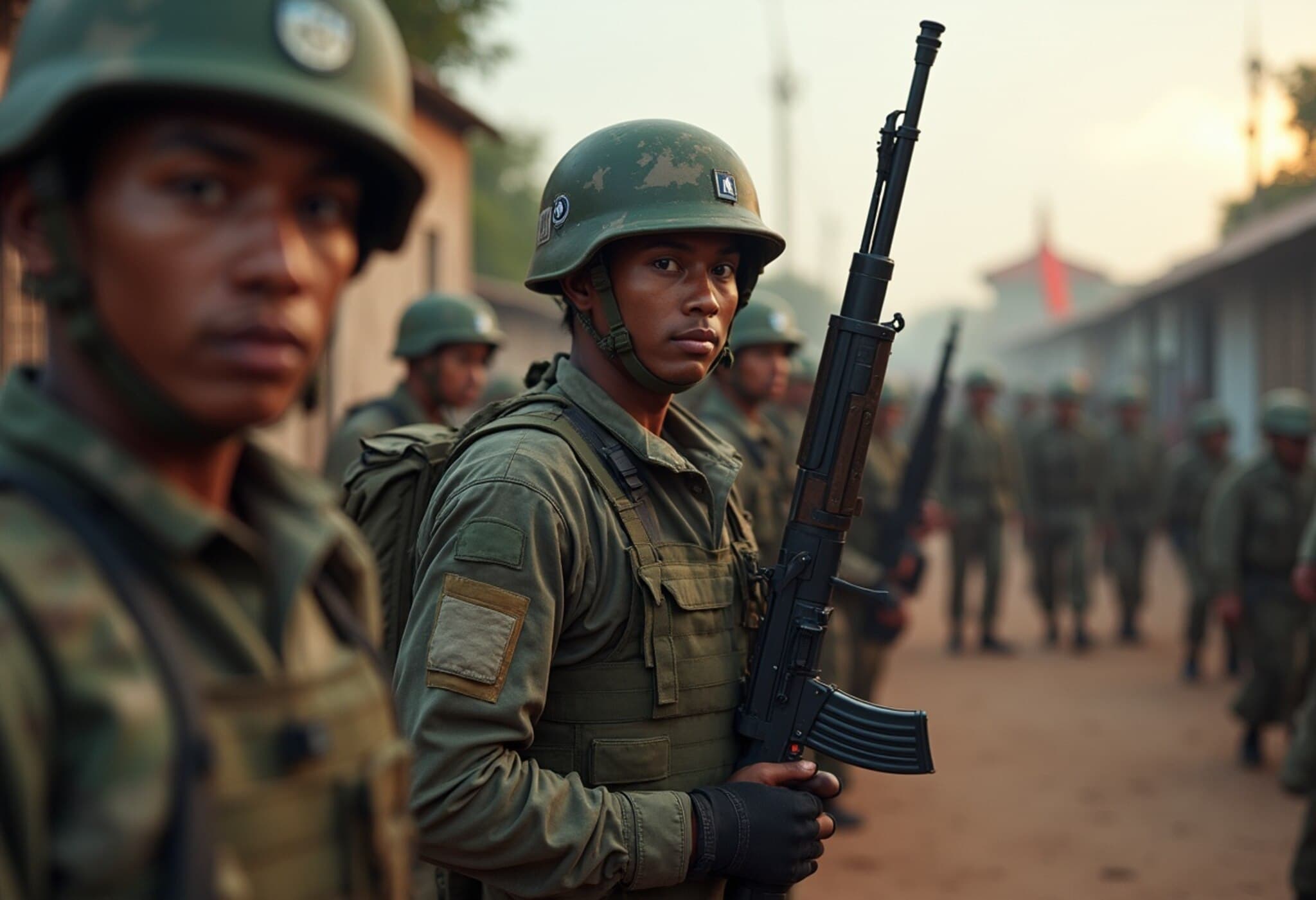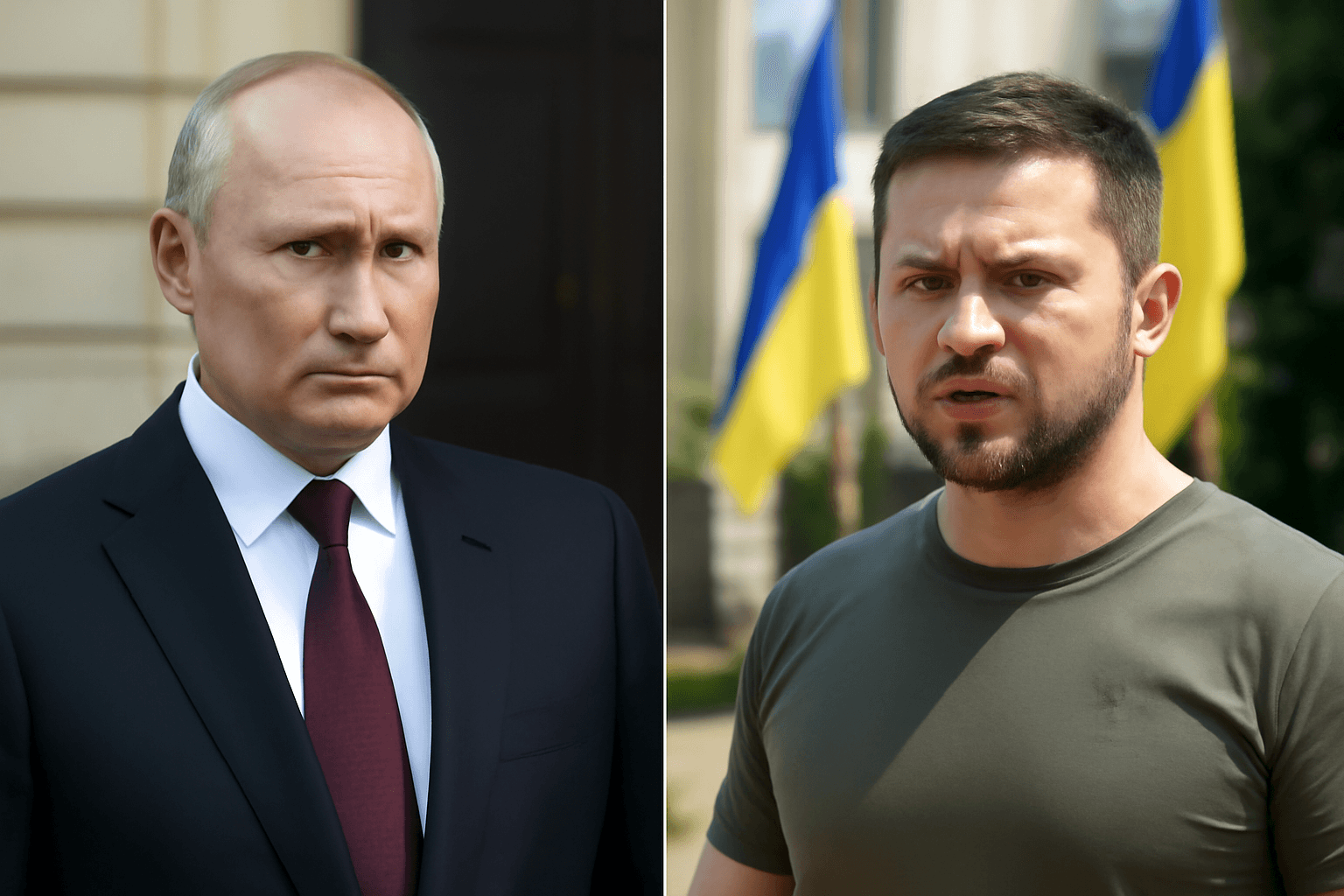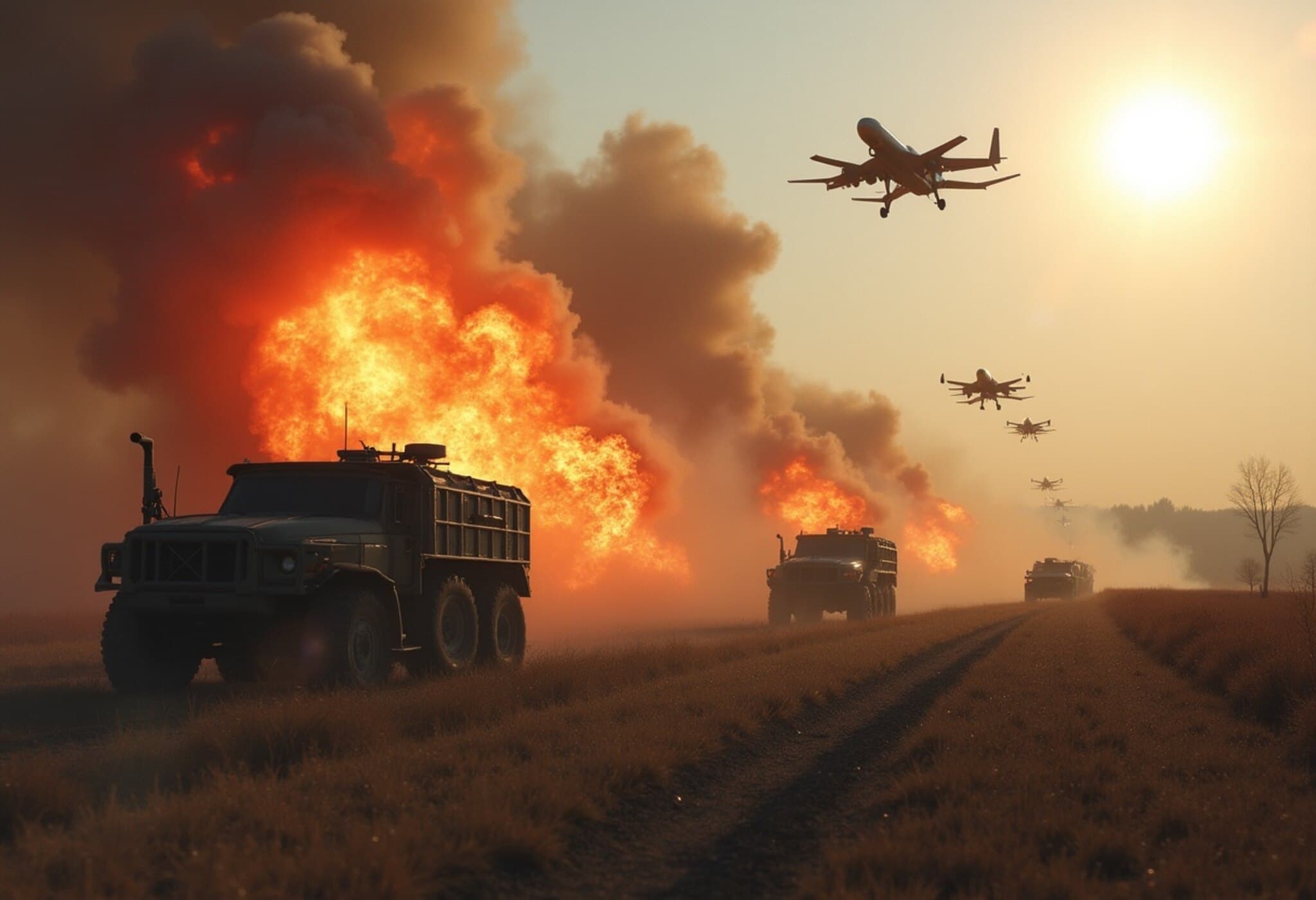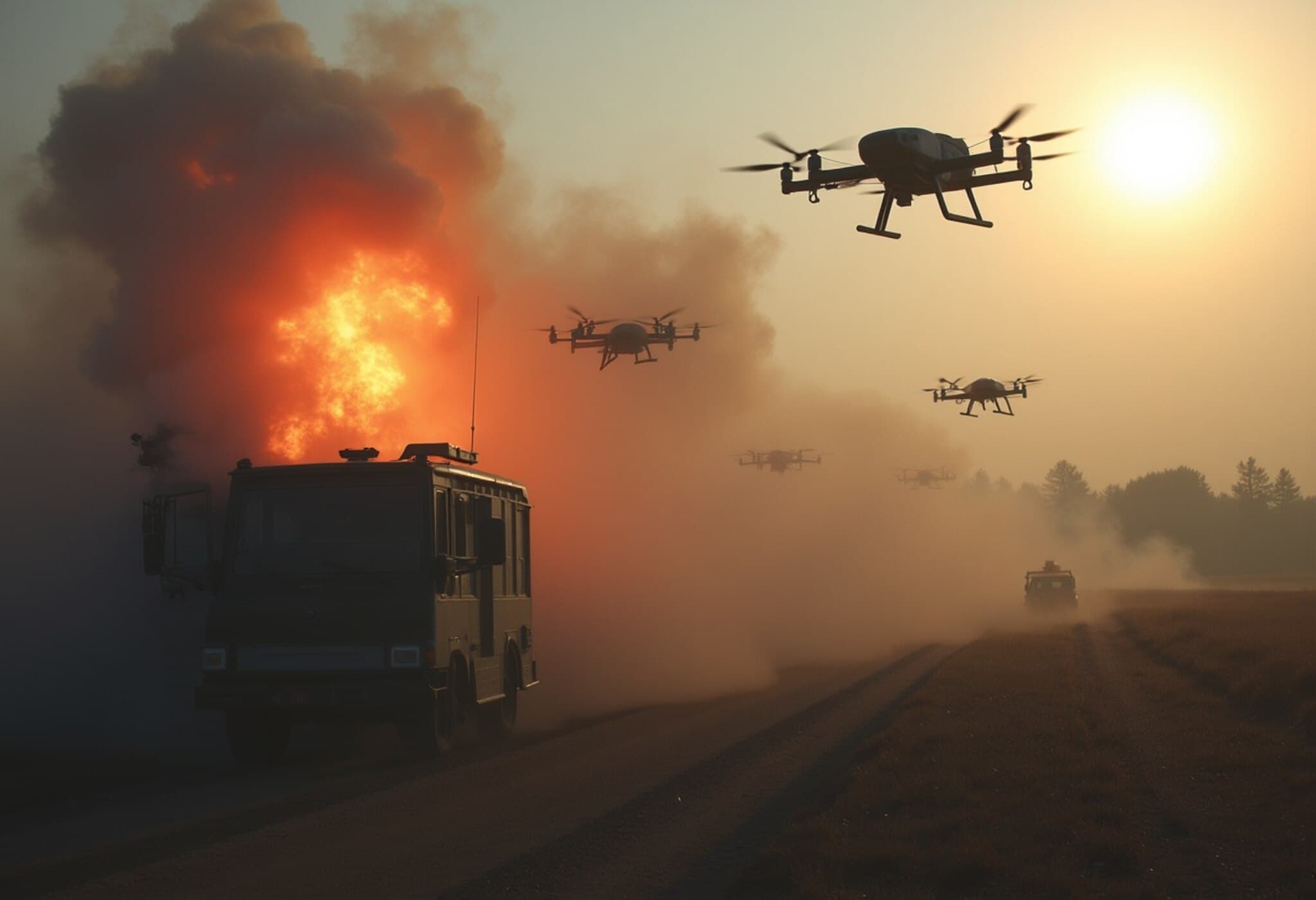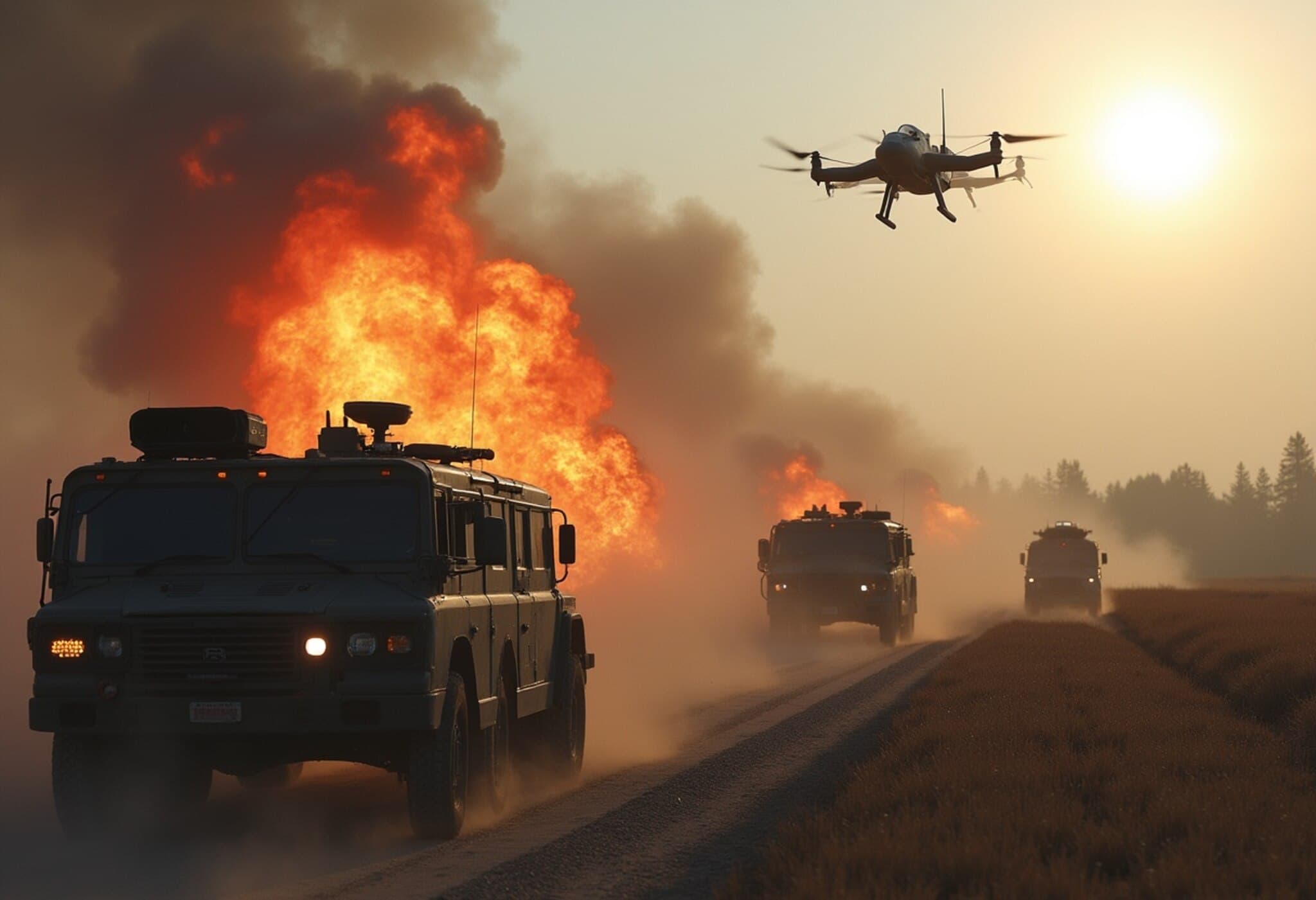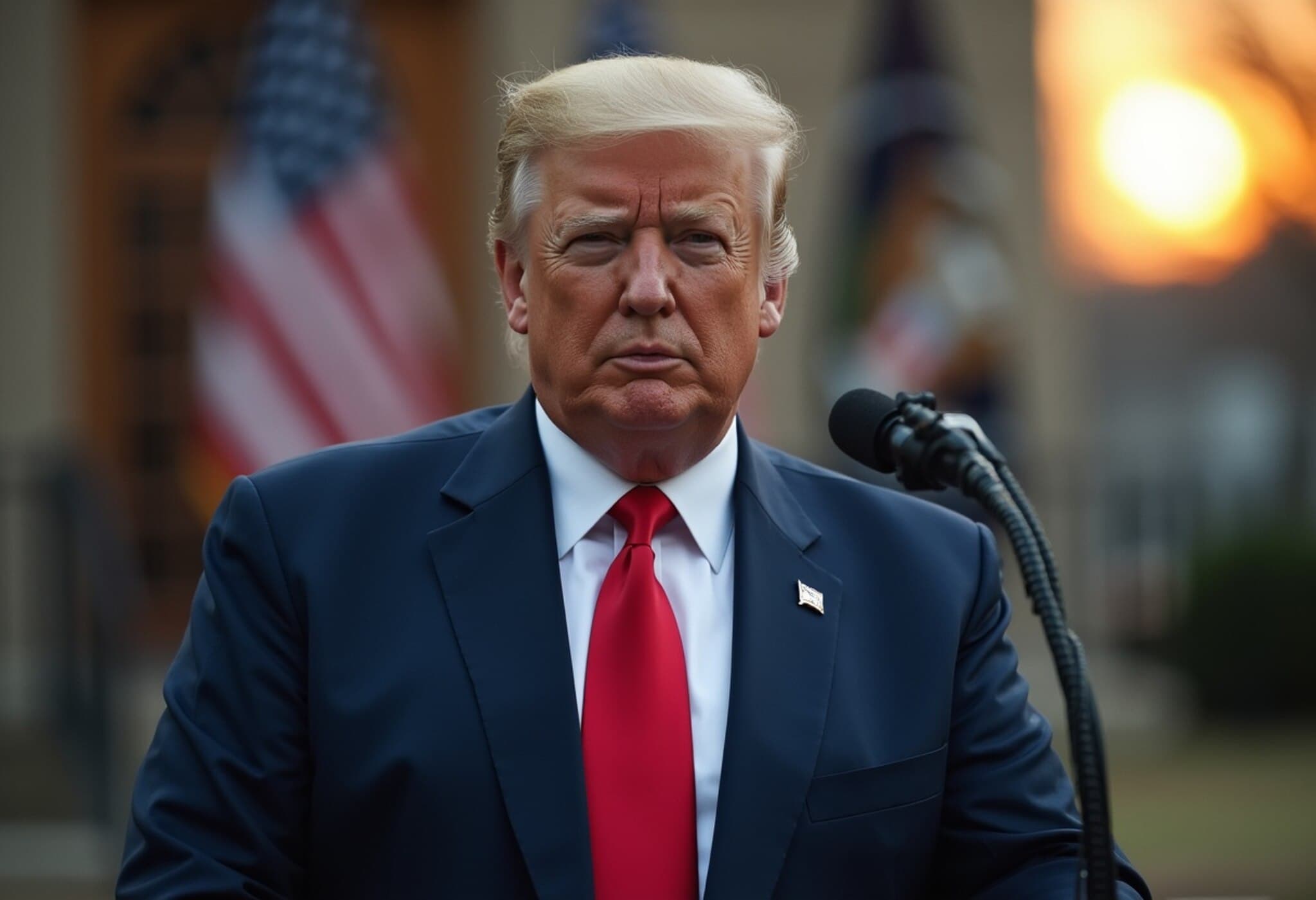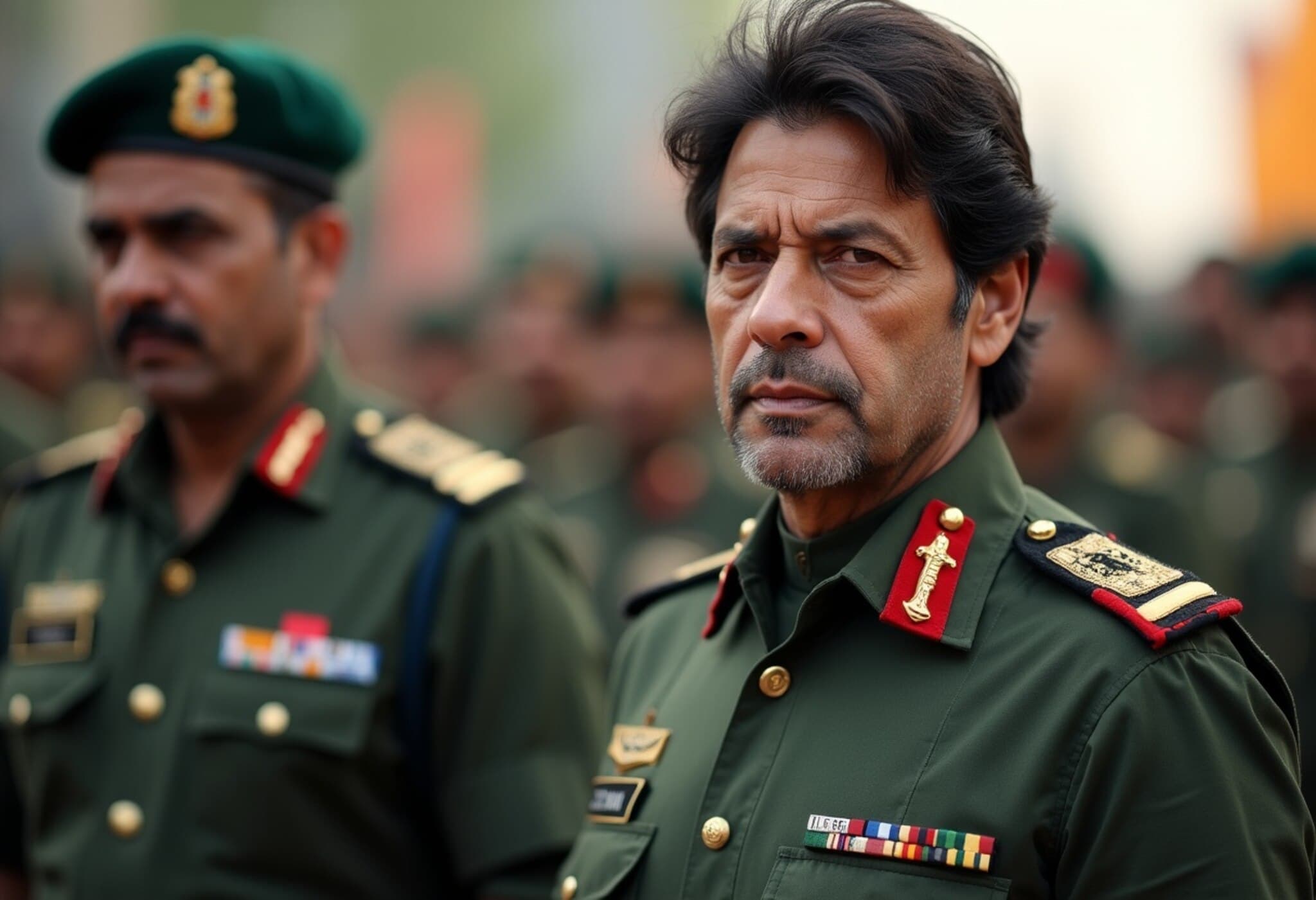Escalating Drone Warfare Between Russia and Ukraine Amid New Arms Partnerships
In the shadow of fresh arms agreements, Russia and Ukraine have intensified their drone-based assaults, showcasing a new facet of modern warfare that has disrupted civilian life and reshaped battlefield dynamics. The recent clashes mark a significant escalation, with hundreds of drones deployed in high-stakes attacks targeting both military assets and civilian infrastructure.
Drone Strikes Shake Russian Air Travel and Civilian Areas
Shortly after Ukrainian President Volodymyr Zelenskyy announced landmark deals with Western partners to scale up Ukraine’s drone manufacturing capacities, waves of Ukrainian drones targeted Russian airspace. These attacks caused widespread flight delays and cancellations across major Russian airports, including Moscow’s Sheremetyevo and St. Petersburg’s Pulkovo, critical international hubs where crowds gathered amid travel chaos.
Russia’s Ministry of Transport reported that hundreds of flights were disrupted overnight, underlining the tangible impact of drone warfare beyond traditional battlefields. While Russia’s Defense Ministry claimed to have intercepted 159 Ukrainian drones during the nighttime and early Sunday operations, the exact number of drones that struck their intended targets remains unclear.
Rising Civilian Toll and a Broader Frontline Conflict
The drone offensives have exacted a human cost. Early Sunday, two civilians were reportedly injured in Russia’s Belgorod region near the border. The violence mirrors the previous week’s brutal Russian drone and missile strike on Kyiv — described by Ukrainian officials as the largest since the 2022 all-out invasion — which resulted in multiple civilian casualties and widespread destruction.
Russian forces launched an estimated 550 drones and missiles during that assault, intensifying their efforts to penetrate and control contested parts of the nearly 1,000-kilometer frontline. Subsequent Russian strikes continued to injure civilians in Kyiv, Kharkiv, and inflicted damage on strategic port infrastructure in Mykolaiv, disrupting Ukraine’s vital logistics and power capacity.
In a tragic incident in the eastern town of Kostyantynivka, a drone attack killed four civilians, including a married couple, highlighting the profound human tragedies woven into this high-tech conflict.
Ukraine’s Strategic Push to Enhance Indigenous Drone Production
Amid these hostilities, Ukraine is charting a path toward self-sufficient defense capabilities. President Zelenskyy revealed recent agreements with European countries and a leading U.S. defense company to substantially boost drone production within Ukraine. Furthermore, co-production efforts with Denmark are underway, aiming to manufacture drones and other weapons on Danish soil.
This initiative marks a critical evolution in Ukraine’s military strategy, aiming to compensate for troop shortages and material constraints with technological innovation. However, experts caution that scaling up such production and integrating new systems into frontline operations will take time and sustained international support.
Contextualizing the Drone Warfare Within the Broader Conflict
Ukraine’s use of homemade drones to strike high-value targets deep inside Russian territory has already sent ripples through Moscow's strategic calculations, showcased most dramatically by the destruction of over 40 Russian aircraft on several airfields last month.
This asymmetrical use of drones is emblematic of a broader trend in the Ukraine conflict: leveraging technology to offset numerical disadvantages. Despite Russian advances this summer on two fronts, analysts emphasize that Ukraine’s defensive lines remain resilient, fortified in part by drone reconnaissance and offensive operations.
Diplomatic Threads and War’s Uncertain Trajectory
Amid the ongoing military confrontations, diplomatic engagement continues to be fraught. President Zelenskyy reported a "very important and productive" conversation with former U.S. President Donald Trump regarding joint drone production and efforts toward conflict resolution. In contrast, Trump expressed skepticism about Russian President Vladimir Putin’s willingness to pursue peace following their own dialogue.
Expert Insights
Military analysts observe that the surge in drone activity signals a shift towards more technologically sophisticated and indirect warfare tactics in Eastern Europe. This not only complicates traditional military responses but also raises concerns about civilian vulnerabilities, as drones blur the lines between frontlines and homeland.
From an economic and policy standpoint, Ukraine’s push toward expanding domestic arms production reflects a broader trend of war economies adapting under pressure, emphasizing rapid innovation, international collaboration, and strategic autonomy.
Moreover, the disruption of civilian air travel in Russia demonstrates how modern conflicts increasingly impact global mobility and economic stability, underscoring the interconnected nature of warfare today.
Looking Ahead: Challenges and Questions
- How will the escalated drone warfare shape the tactical and strategic balance on the Eastern Front?
- What are the implications for civilian safety and infrastructure as drone technology becomes more accessible and widespread?
- Can Ukraine’s budding drone manufacturing industry meet the growing demands of sustained conflict, and how might this affect future regional security?
- Will diplomatic efforts gain traction despite the intensifying military exchanges?
As the conflict endures, these questions remain critical for policymakers, military strategists, and civilians caught in the crossfire.
Editor’s Note
This evolving drone war between Russia and Ukraine underscores a pivotal shift in modern conflicts, where technological innovation intersects with human cost. Readers should consider not only the immediate battlefield outcomes but also the broader implications for international security, civilian impact, and the future of warfare. The resilience of Ukraine’s defense and the international community’s support will be decisive in shaping the coming chapters of this conflict.

